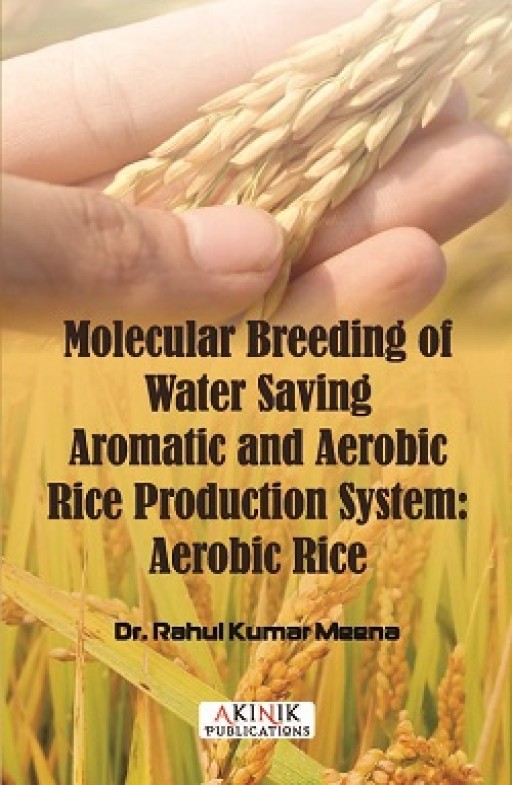Description
Aerobic (MAS25, MAS26 and MAS-ARB25) x lowland Basmati (PUSA1121 and IB370) rice-derived F3, F4, BC1F2 and BC1F3 populations displayed enormous variation for various physio-morphological (plant height, effective number of tillers/plant, panicle length, 1000-grain weight and grain yield per plant), quality (grain length/breadth ratio) and root (root length, thickness and biomass) traits under direct-seeded water-limited aerobic conditions in the field and net house. Frequency distribution curves for various physio-morphological and root traits were parabolic and in some cases, curves were partially inclined towards the respective aerobic rice parent. Phenotypic correlation coefficient analysis showed significant positive correlation between grain yield per plant and yield-related attributes. Positive correlation (r = 0.223 and 0.763) was observed between root length and dry root biomass in three populations and PUSA1121 x MAS26 F3 and F4 populations showed positive correlation (r = 0.429) between grain yield and root length/dry biomass. In these populations, plants had the allelic profile at BAD2A locus similar to the Basmati (585 and 257 bp) or non-Basmati (585 and 355 bp) parents or were heterozygous (585, 355 and 257 bp). A total of 221 of 604 SSR markers well distributed on 12 rice chromosomes, showed polymorphism in five parental rice genotypes; 51-71 polymorphic markers were used to assess the diversity in these populations. The NTSYS-pc UPGMA tree cluster analysis and two-dimensional PCA scaling showed that Basmati and aerobic rice genotypes were quite divergent and segregating populations were interspersed between the two parents. Composite Interval Mapping analysis (WinQTL Cartographer 2.5) using SSR databases of various populations led to the mapping of 14 large-effect QTL for grain yield on chromosome 1, 2, 3, 5, 6, 7, 8, 9 and 12 (LOD: 2.5 - 8.4 and R2 0.8 – 72.2%). In addition 22, 13, 10, 7 and 2 QTL for grain L/B ratio, panicle length, effective number of tillers per plant, plant height and 1000 grain weight, were mapped, respectively. Notably, five QTL (qLB9.1, qLB11.1, qTGW10.1, qPL4.1 and qPL2.2) accounted for andgt;70% variation for the respective traits. As many as 68 and 80 plants having higher or comparable grain yield, length/breadth ratio, root length/thickness/biomass than the parental genotypes with intact Basmati specific BAD2A allele in homozygous and heterozygous conditions, were selected from the four crosses in 2014 and 2015 Kharif seasons, respectively. These genotypes will serve as the novel material for the selection of stable aerobic Basmati rice varieties. It will also be interesting to investigate and confirm the role of QTL identified in this study towards improving the grain yield and quality under aerobic conditions.




